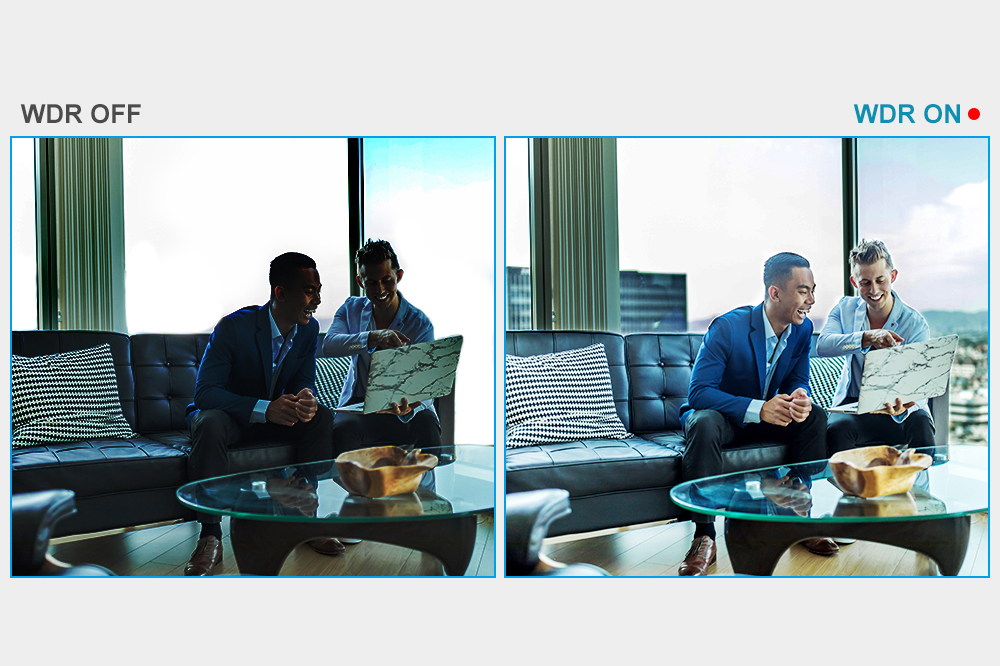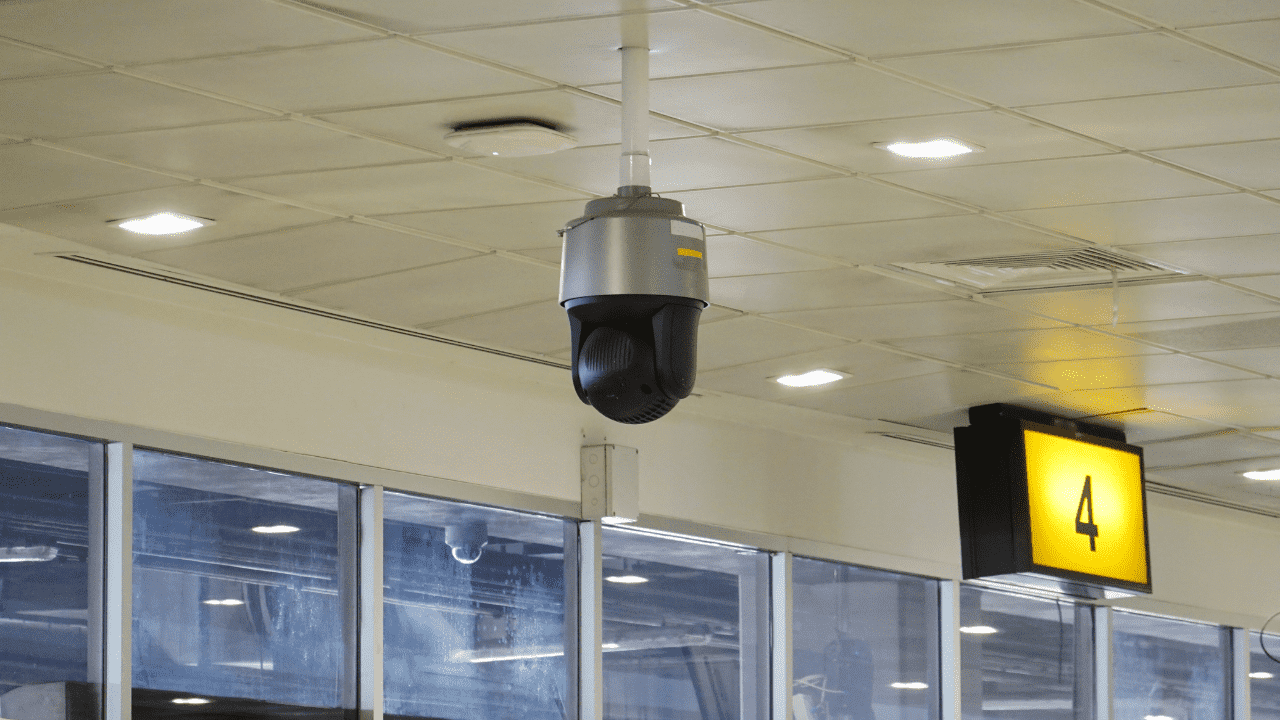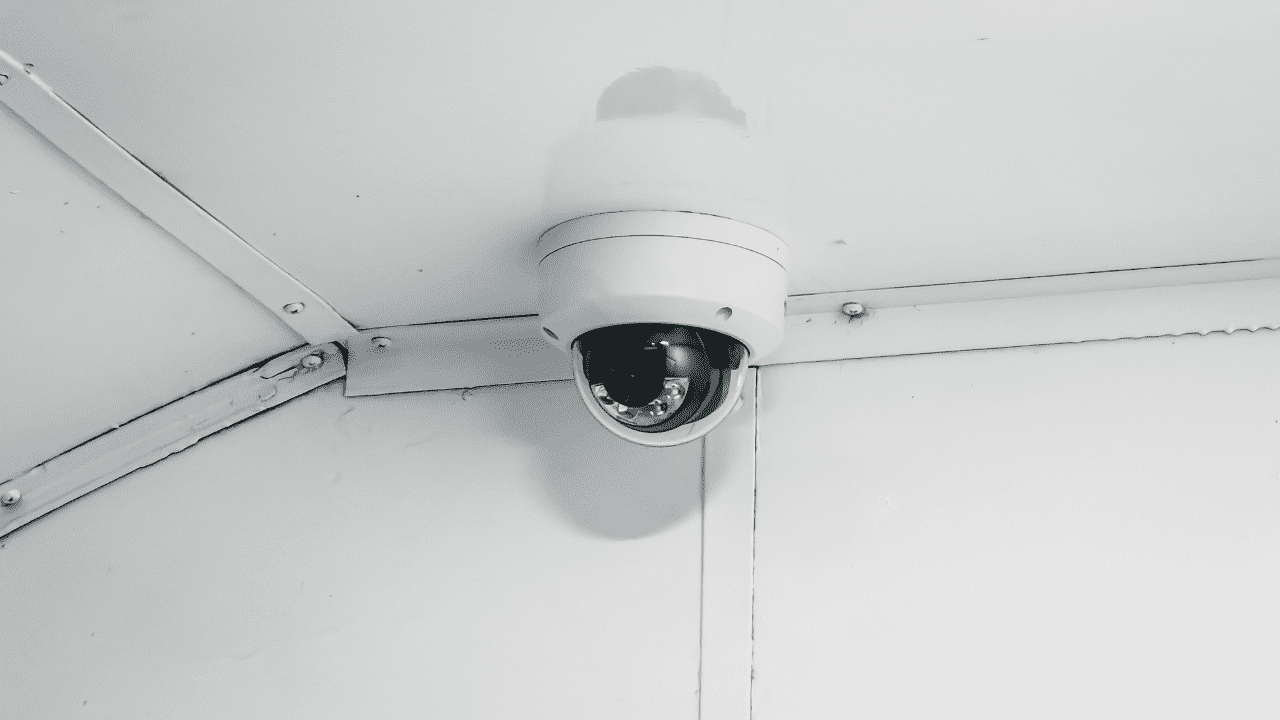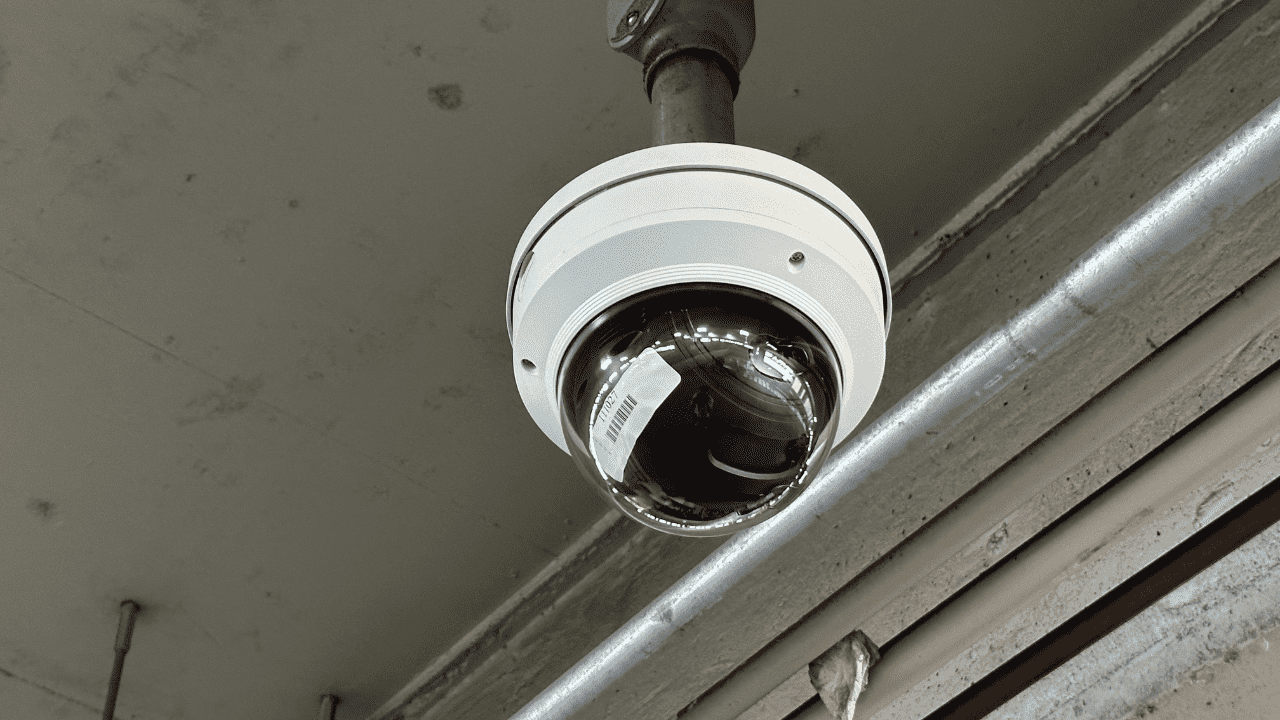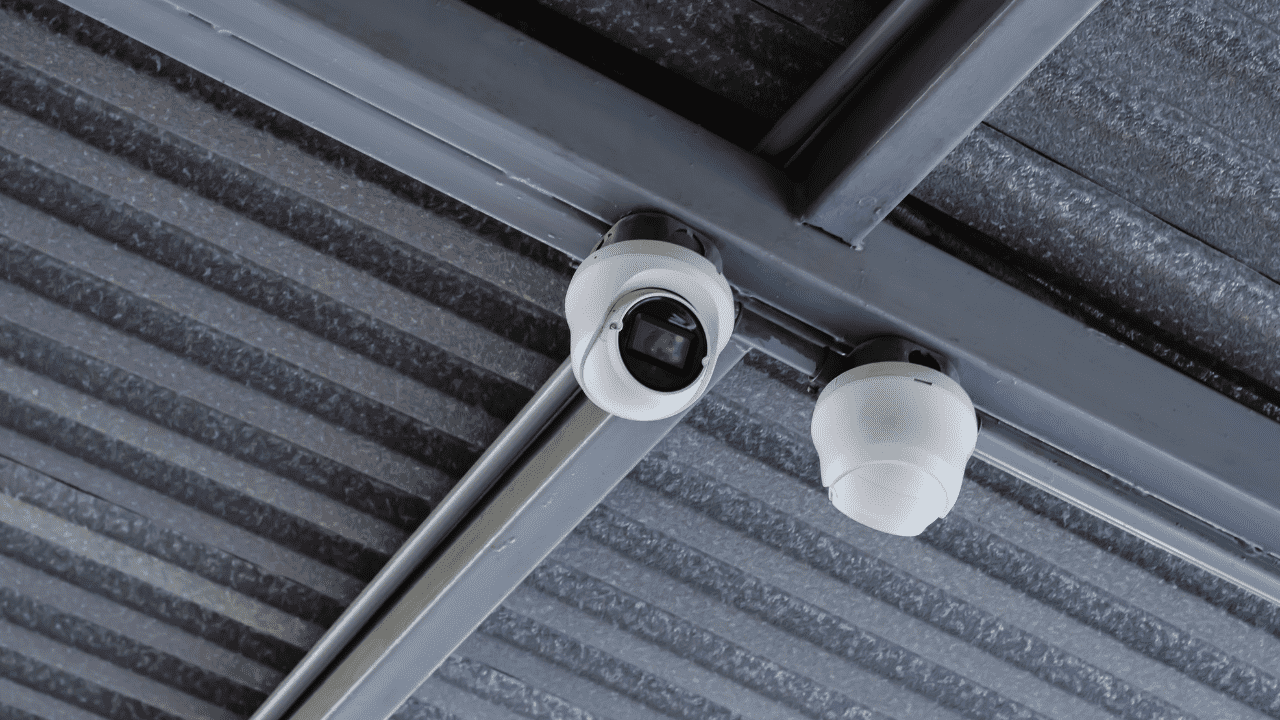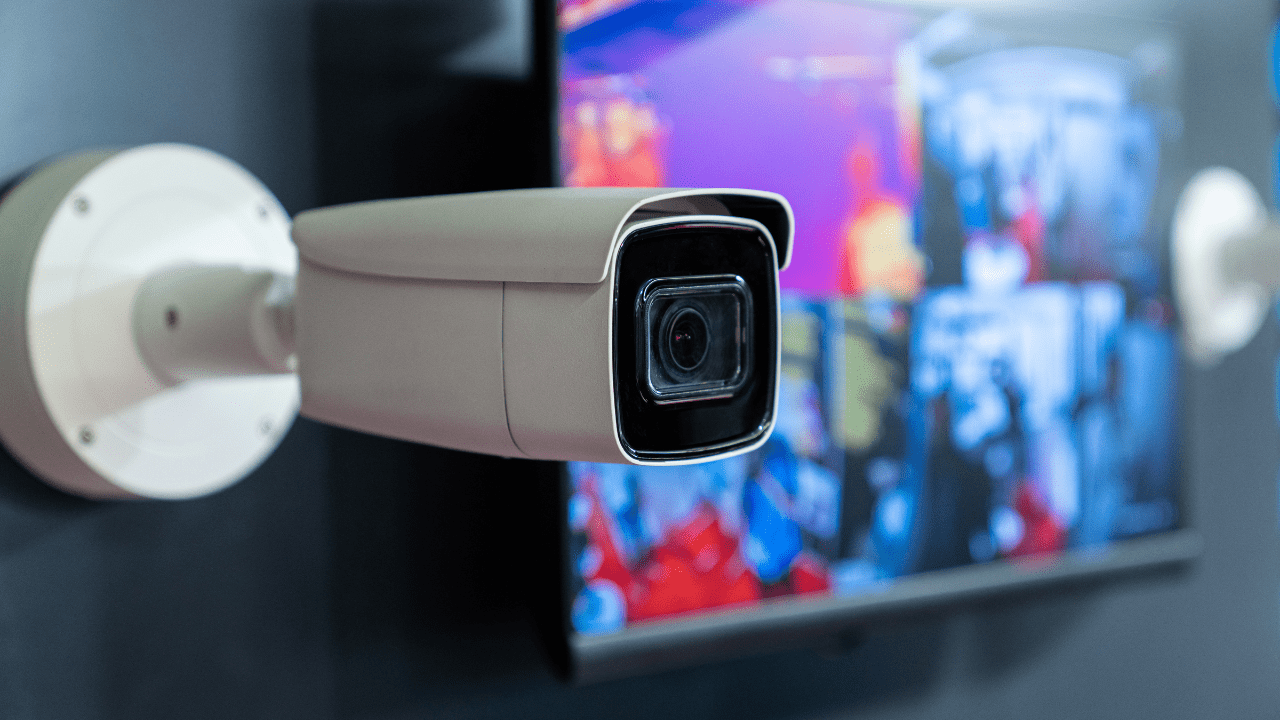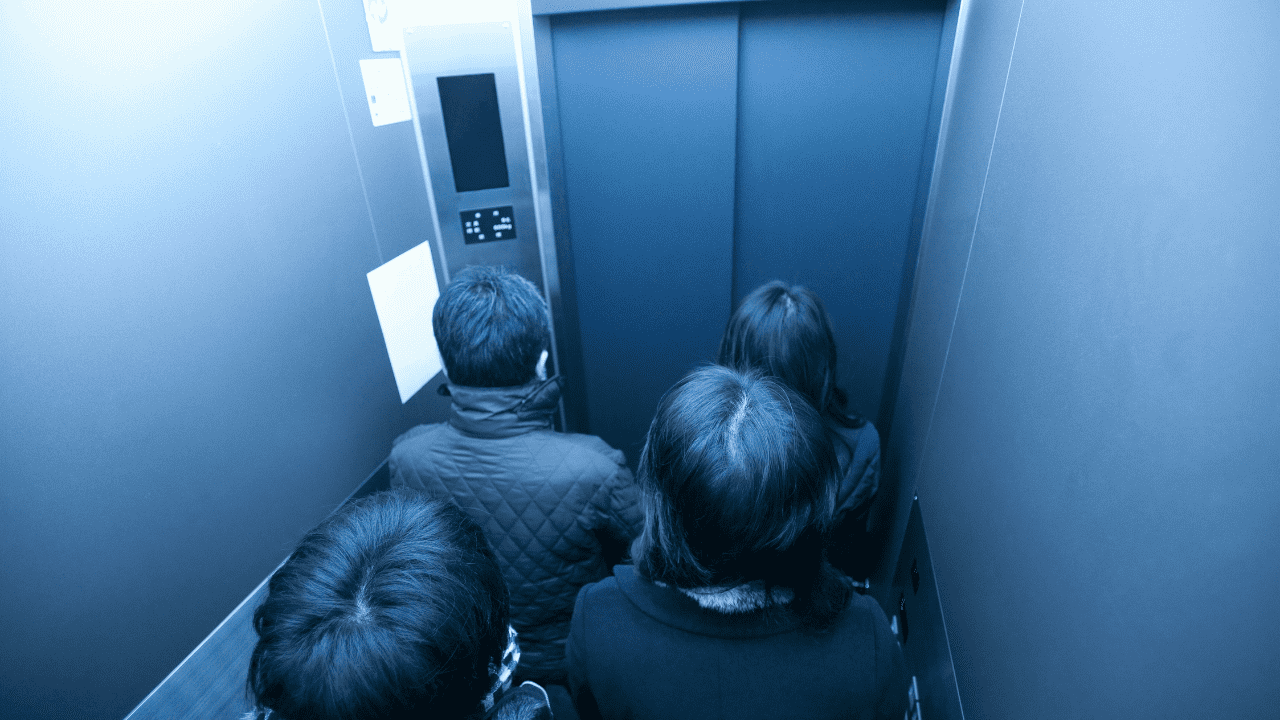What is wide dynamic range?
Wide dynamic range work WDR technology is a technology used to let the camera see the characteristics of the image under very strong contrast.
When high-brightness areas under the illumination of strong light sources (sunlight, lamps or reflections, etc.) and relatively low-brightness areas such as shadows and backlights coexist in the image, the image output by the camera will appear bright areas that become white due to overexposure. The dark areas become black due to underexposure, which seriously affects the image quality. The performance of the camera in the brightest areas and the darker areas in the same scene is limited, this limitation is usually referred to as “dynamic range”.
How Wide Dynamic Range Works?
Cameras have problems with underexposed and overexposed images, as they can only accurately record the middle area between very dark and very bright. Cameras with WDR technology have advanced sensors that generate a wider range of illumination, allowing them to record at higher depths of light.
In addition to more accurately recording a wider range of lighting, WDR-enhanced cameras have two other ways to balance the light for better images. Tone mapping lets the camera or software automatically lighten dark areas and darken bright areas.
Alternatively, the camera will capture several photos of the scene at different exposure levels. This creates the same overexposed and underexposed images, which the camera will combine. It takes the most balanced part of the two images, creating the recorded image you see. However, this method requires an extremely fast and light-sensitive sensor, and is only suitable for advanced professional cameras.
How wide dynamic range can help you?
Cameras with wide dynamic range are ideal for many tricky lighting situations:
- Lobby and showroom with many windows, the contrast between natural and interior light can lead to bright and dark areas
- Indoor recording, lights when doors are open may make people and their clothes unrecognizable
- Night recording, non-infrared lighting may overexpose some areas and darken others
When considering a camera with WDR, ask yourself two questions:
- Is there any way to balance the light? WDR only works with professional cameras and may not fit your budget, so adding or moving lights to balance your images may be a budget friendly option
- Can I use other camera positions? Doorways and windows can add too much light to the shot, so consider moving the camera you already have to record from a different location or angle before installing a camera with WDR
If you can’t add balanced lighting or move the camera, a professional-grade camera with WDR may be right for you. All major surveillance camera brands including Axis, reolink and Vikylin offer WDR cameras.
Learn more with Vikylin.com
With a team of knowledgeable sales and technical support representatives, Vikylin.com can help you learn more about cameras with WDR and determine if they are the best cameras for your surveillance needs.

